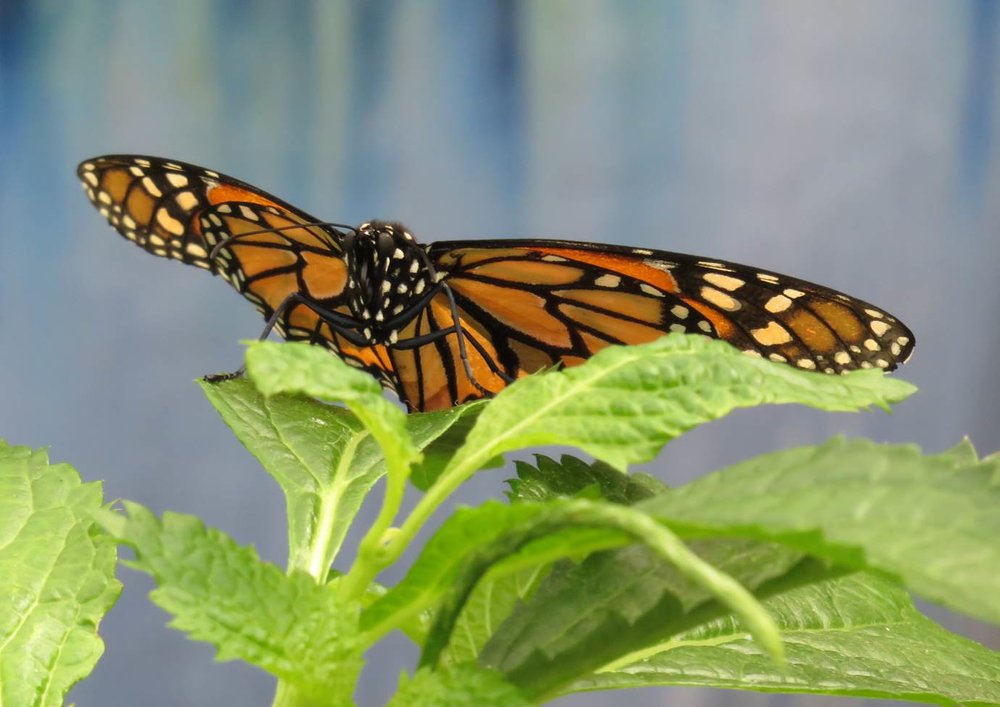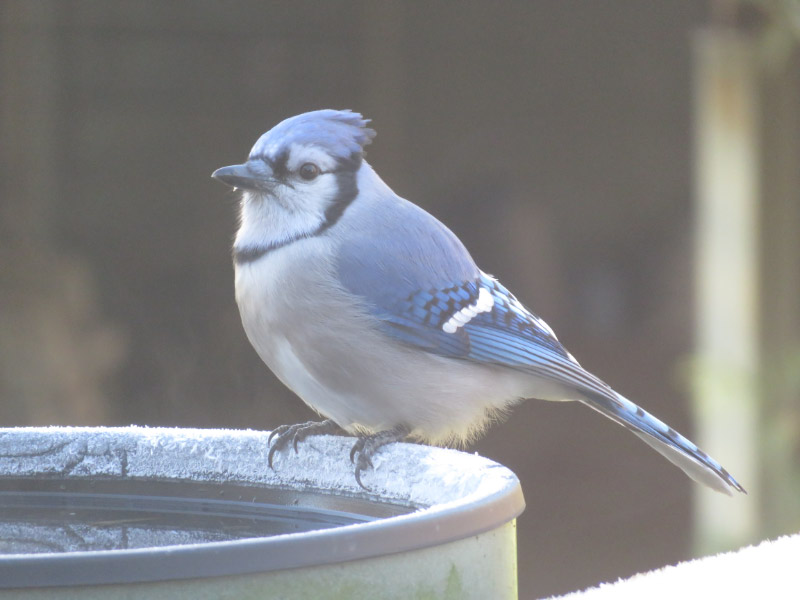Gleanings of the Week Ending March 19, 2016
/The items below were ‘the cream’ of the articles and websites I found this past week. Click on the light green text to look at the article.
Eyeglasses that can focus themselves are on the way – I’m not sure whether this is the technology that will actually do it….but I sure would like glasses that adjusted to my needs rather than the static versions we have now.
Thickly Layered Paintings Literally Pop Off Artist’s Canvas – Bright and colorful….good paintings to pair with a spring day!
Down the Drain: Here’s why we should use rainwater to flush toilets – Good rationale but it seems like the retrofit for an existing house would be expensive. Our house had 3.5 bathrooms and they are not close together. The logistics of getting the collected rainwater to the toilets would take some design work.
Time to rethink your vegetable oil? – Research about what is good about linoleic acid. The study was funded by NIH (better than if it had been funded by lobbyists pushing grapeseed oil).
World Average Temperature Could Rise by 1.5 Degrees as Early as 2020 – This is close enough to be in the lifetime of the majority of us.
On-the-spot diagnosis of certain cancers and other diseases is closer to becoming a reality thanks to sensitive biosensor – If this technology is effective and done for a lot less cost than current methods (mammograms, colonoscopies, ultrasound, x-rays, biopsies, etc) – it will be quite a boon for patients. But will the vested interests of our medical system allow it to replace all that infrastructure in place for diagnosis?
An Interactive Timeline of the History of the Earth – A resource listed for the Big History Course I am taking. After landing on the page – click on the red triangle on the left of the screen and the timeline beginning with the Big Bang appears. Click and drag the triangle to the right and see more details on the progression along the timeline. When the triangle gets to 1 billion years ago, another bar will appear below with a new triangle on the left. Continue in this mode to the present. The page gets very busy!
Potential new therapeutic target for hypertension may offer less side effects – This therapy seems to be focusing on something closer to the ‘cause’ for age related hypertension which is very appealing. The more we understand about the body as a biological system, the more therapies will be of this type.
These 27 Solutions Could Help the U.S. Slash Food Waste – When I saw the picture of the food scraps at the top of the article – I realized how far I’ve come in the way I prepare food. Some of those green ‘scraps’ (stems and green leaves) looked good enough to go into a stir fry or soup! If everyone learned to use the produce they buy more completely – there would not be as much waste to deal with.
Facebooks is a growing and unstoppable digital graveyard – In 2012, 30 million users with Facebook accounts had died…some estimates claim that 8,000 users die each day. Just as Facebook has changed the meaning of ‘friend’ and ‘like’….it leaves digital legacy of its users.























